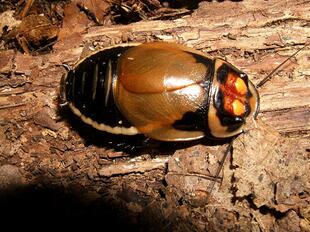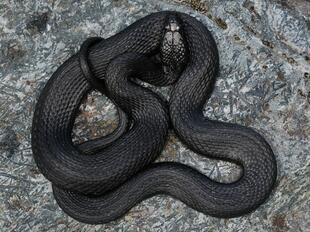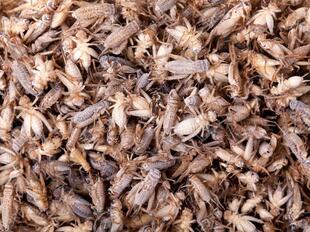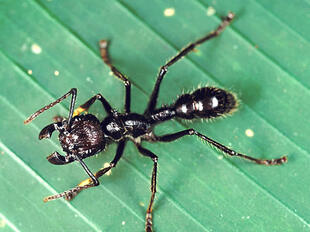
Blackbuck(Antilope cervicapra)
Phylum —chordata
Class — mammalia
Order — artiodactyla
Family — bovidae
Genus – antilope
Appearance
The Blackbuck is a moderately sized antelope. It stands up to 74 to 84 cm (29 to 33 in) high at the shoulder; the head-to-body length is nearly 120 cm (47 in). Sexual dimorphism is prominent, as males are heavier and darker than the females.
The long, ringed horns, that resemble corkscrews, are generally present only on males, though females may develop horns, as well. They measure 35–75 cm (14–30 in). The horns diverge forming a "V"-like shape.
The white fur on the chin and around the eyes is in sharp contrast with the black stripes on the face. The coats of males show two-tone coloration; while the upper parts and outsides of the legs are dark brown to black, the underparts and the insides of the legs are all white. Darkness typically increases as the male ages. Females and juveniles are yellowish fawn to tan.
Habitat
Blackbucks are native to the Indian subcontinent, but extinct in Bangladesh
Behavior
Blackbucks are diurnal, or active during the day. Predators are more likely to be prowling at night, so daytime feeding is much safer. They are social, and live in groups called herds, which separate individuals by sex or age. Male Blackbucks will establish territories, and fight with one another to attract herds of females.
Diet
Being herbivores, Blackbuck graze on low grasses, occasionally browsing as well. They prefer sedges, fall witchgrass, mesquite, and live oak.
Reproduction
Females become sexually mature at eight months, but mate no earlier than two years. Males mature later, at one-and-a-half years. Mating takes place throughout the year. Rutting males aggressively establish and defend their territories from other males, giving out loud grunts and engaging in serious head-to-head fights, pushing each other using horns. Aggressive display consists of thrusting the neck forward and raising it, folding the ears and raising the tail. The dominant male pursues the female with his nose pointing upward, smells her urine and shows a flehmen response. The female shows her receptivity by waving her tail and thumping the hindlegs on the ground. This is followed by several mounting attempts, and copulation. The whole process may last as long as six hours. The female will remain still for some time after copulation, following which she may start grazing. The male may then move on to mate with another female.
Gestation is typically six months long, after which a single calf is born. Newborn are a light yellow; infant males may have a black patch on the head and the neck. Young are precocial - they can stand on their own soon after birth. Females can mate again after a month of parturition. Juveniles remain active and playful throughout the day. Juvenile males turn black gradually, darkening notably after the third year.
In captivity
The lifespan is typically from 10 to 15 years.
Blackbucks need lots of space to roam. As grazing animals, their habitats need plenty of grass to feed on. To supplement their diets, keepers give them pelleted feed, hay, and fresh plants.
Blackbucks also need to live in herds of animals because they are quite social. Blackbuck and other antelope are usually good candidates for mixed species exhibits. Habitats that house more than one compatible species are more enriching to the animals living in them, and a more realistic representation of their wild habitats.
 Russian
Russian
 English
English
























